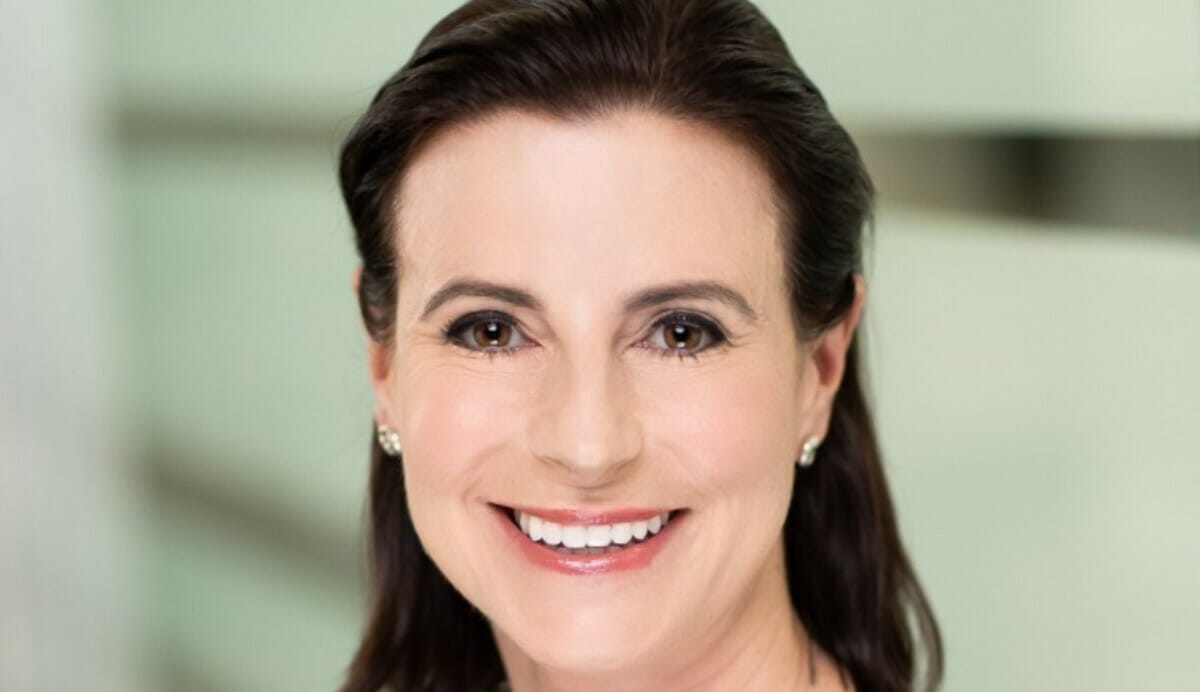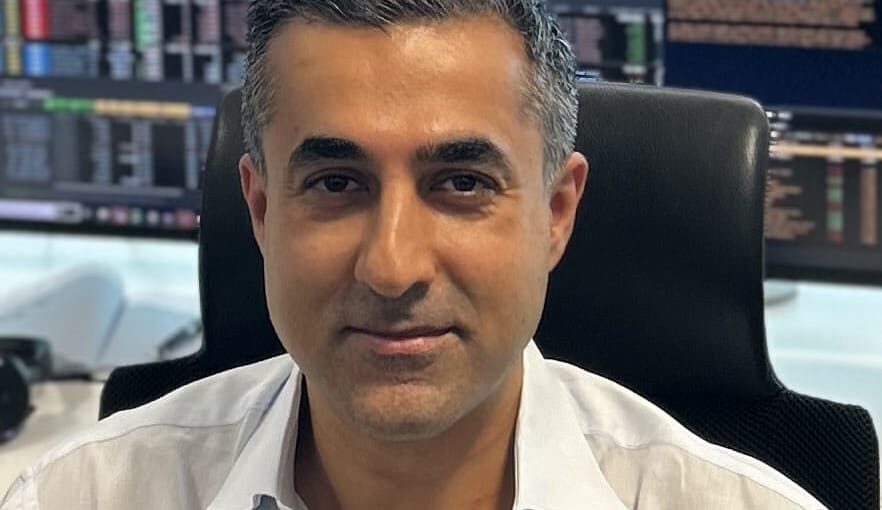The State of Wisconsin Investment Board, the $143 billion asset manager of state investment funds including the Wisconsin Retirement System has just launched a new Best Ideas active equity allocation.
The concentrated portfolio that will eventually comprise around 50-70 stocks, focuses on companies providing unique and interesting solutions that capture idiosyncratic, stock specific risk missed by the market.
“We are attracted if our idea is different to the market. That’s the opportunity,” enthuses Susan Schmidt, head of public equities at SWIB, overseeing the portfolio which will range from between $4-$15 billion depending on the opportunity in a highly selective, “choosy” strategy that takes advantage of SWIB’s long-term approach.
A month in, she says returns are already pleasing. “It’s ahead of benchmark and the portfolio is doing well.”
The new allocation was born out of a conviction that SWIB’s talented active equity team could hone a more creative and differentiating approach, she continues. A strategy that focused on specific company situations, delving into the weeds to expose individual opportunities at a company specific level would add more value than an all-market, cross-sector, allocation primarily concerned on beating MSCI AQWI returns.
Capital light
Strategy is capital light whereby SWIB invests with a long position, but also puts a short position against it, using less committed capital to fund the portfolio. Short positions are a way to increase exposure and raise cash, allowing SWIB to go long with the total amount that includes the cash raised in the short positions, she explains.
“It gives us more breadth. We think this capital light structure is a more efficient deployment of many of our assets and helps us get a better return,” says Schmidt.
Most of the Best Ideas allocation is invested in the US, mirroring the geographic allocations of the MSCI World to achieve a 70:30 split between the US and global markets.
The portfolio investments are focused on developed markets.
SWIB will continue to run its small cap portfolio, an allocation that has beaten the benchmark over multiple years.
Portfolio managers, all covering different sectors, find ideas and develop an investment thesis. Next they present a fully-fleshed out idea to the entire team, who then discuss the merits and risk of inclusion, and timing. Very high standards govern what companies come into the portfolio, she says. “There is a lot of debate back and forth in a process that is meant to ensure a truly best in class portfolio. Every investment is made with a high degree of conviction and seen as a true opportunity.”
Old school
It’s a strategy shaped around old school, fundamental analysis where the team take time to think through and identify unique situations. They meet companies, look at business models, dig through financials and talk to competitors and customers in a quest to understand the business and assess key influences on corporate cash flows going forward. “We get an idea of what will happen to a company.”
Moreover its an investment process she’s convinced can still add real value.
The skill of the team, strategy, and SWIB’s unique investment culture can unearth opportunities that the market misses. “Capital markets can be very efficient, but the market also misses things; markets can’t tell the entire story all the time. We have the breadth and depth to exploit when the market is missing things.”
It’s a deep dive approach that doesn’t come at the cost of being nimble. “We had an idea presented yesterday that everyone thought was good and it’s in the portfolio today. There can be a quick turnaround,” she continues, attributing such fleet of foot to the relatively small number of names in the portfolio (it will always be capped below 100) and the small (10-person) cohesive team where communication is a by-word. “It’s meant to be concentrated,” she says.
Technology allowing data collection and team collaboration is a vital contributor to speed. An interactive platform ensures the availability of data and real-time communication between different teams. “The ability to look and share data with other teams and using technology to make sure we have the same knowledge, is a big part of why we can be as nimble as we are.”
As other investors pare back public equity or switch to cheaper index strategies, Schmidt is convinced the allocation adds value.
“Fundamental investment in public equity is still very important and economies of scale are in our favour at SWIB because it is cost effective. It brings another diversification tool to the table for the portfolio.”
She’s also undaunted by the fact that more companies are staying private for longer. To her this simply means that fewer people are looking in public markets – and there is more opportunity for SWIB. “Private equity is a great asset class and SWIB invests there too. For my team it’s great because if our competitors are diverting funds to private equity it means that they are not competing with us in the public space and aren’t in our way!”
Communication
In another nod to old fashioned skills, Schmidt prizes the ability to communicate amongst her team as highly as any expert analytical skills. Many people are good at analysis by themselves, but it is harder to recruit talent that is good at interacting around that analysis and sharing knowledge, she says. “Star players are great, but that is not our model.”
Communication is also vital if her team are to tap into SWIB’s huge resources and knowledge base. From credit analysts in the fixed income team to the quantitative expertise of the risk team, ensuring the portfolio doesn’t have any unintended exposures or hidden risk like an unseen large exposure to a single currency, is crucial. “The risk team are there to help us highlight things and make sure we don’t miss them.”
Communication also ensures that cohesion is needed to act quickly. “We don’t want to get bogged down. When we find an opportunity, we need to act.”
The other ingredient is passion. She believes fundamental equity investment requires a unique type of passion because it demands gruelling, long hours. “You are never off work,” she reflects. “There is never a moment when things are quiet. If you don’t love it, you will hate it because it takes up all your life.” Is her passion undimmed? “I love what I do, I learn something new every day, and although I’m frequently frustrated I’m never bored.”
Market outlook
SWIB’s launch of a Best Ideas portfolio follows one of the most torrid years for public equity. Last year was the worst year in public equity since 2008, and today volatility continues to characterise the market.
Equity markets remain in the throes of uncertainty because there is no clear data directing the market one way or another. It’s leaving investors unable to predict when central banks will win the fight against inflation and stop hiking up interest rates.
“At the moment, markets are dominated by emotion and indecision. Ultimately the Fed will stop raising interest rates, but the market is determined to try and micromanage the timing.”
Still, volatility is oxygen for her portfolio, revealing the opportunities at a company level where the market is mispricing shares. “We look for what’s changing in a company and what makes it special,” she concludes.


